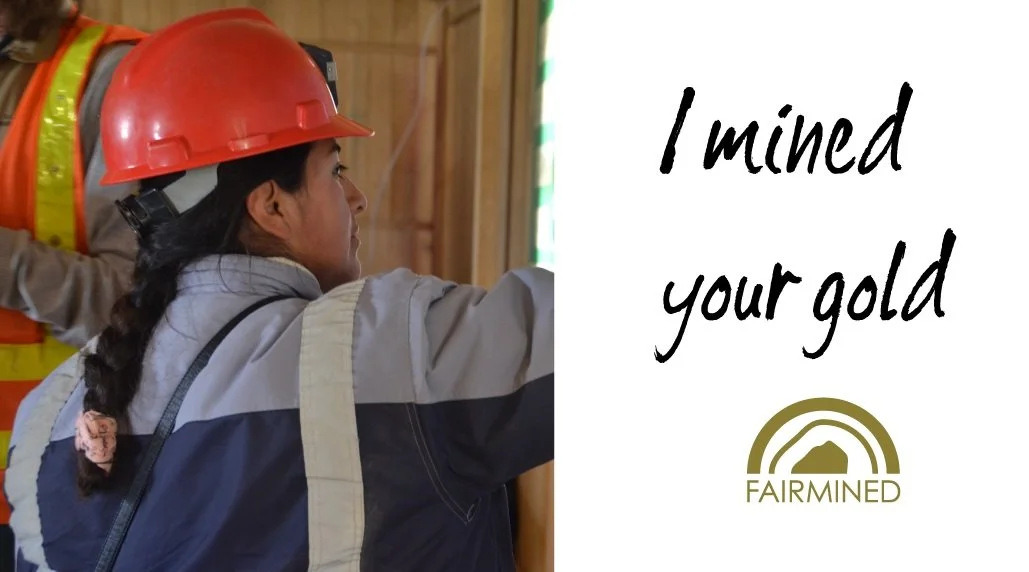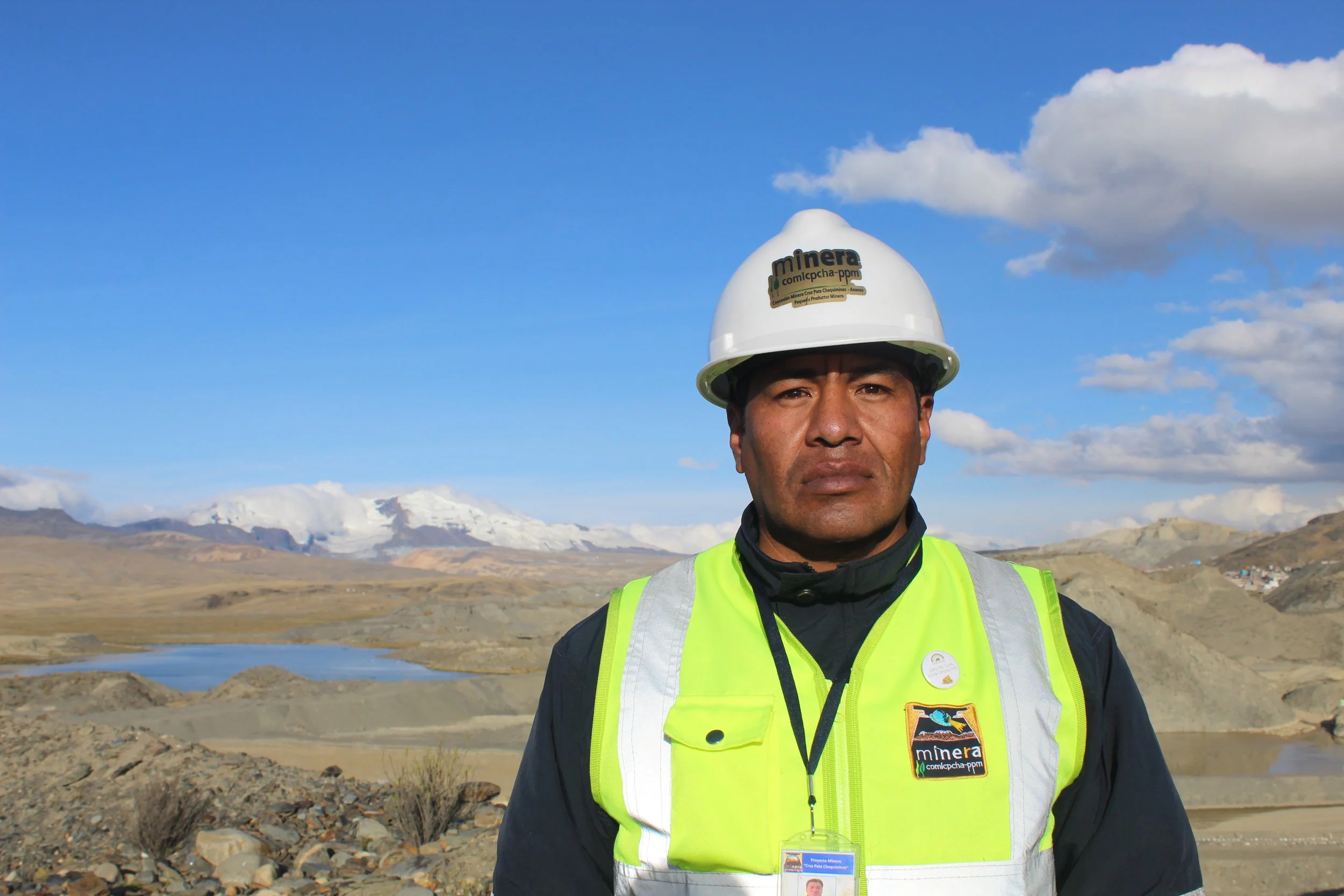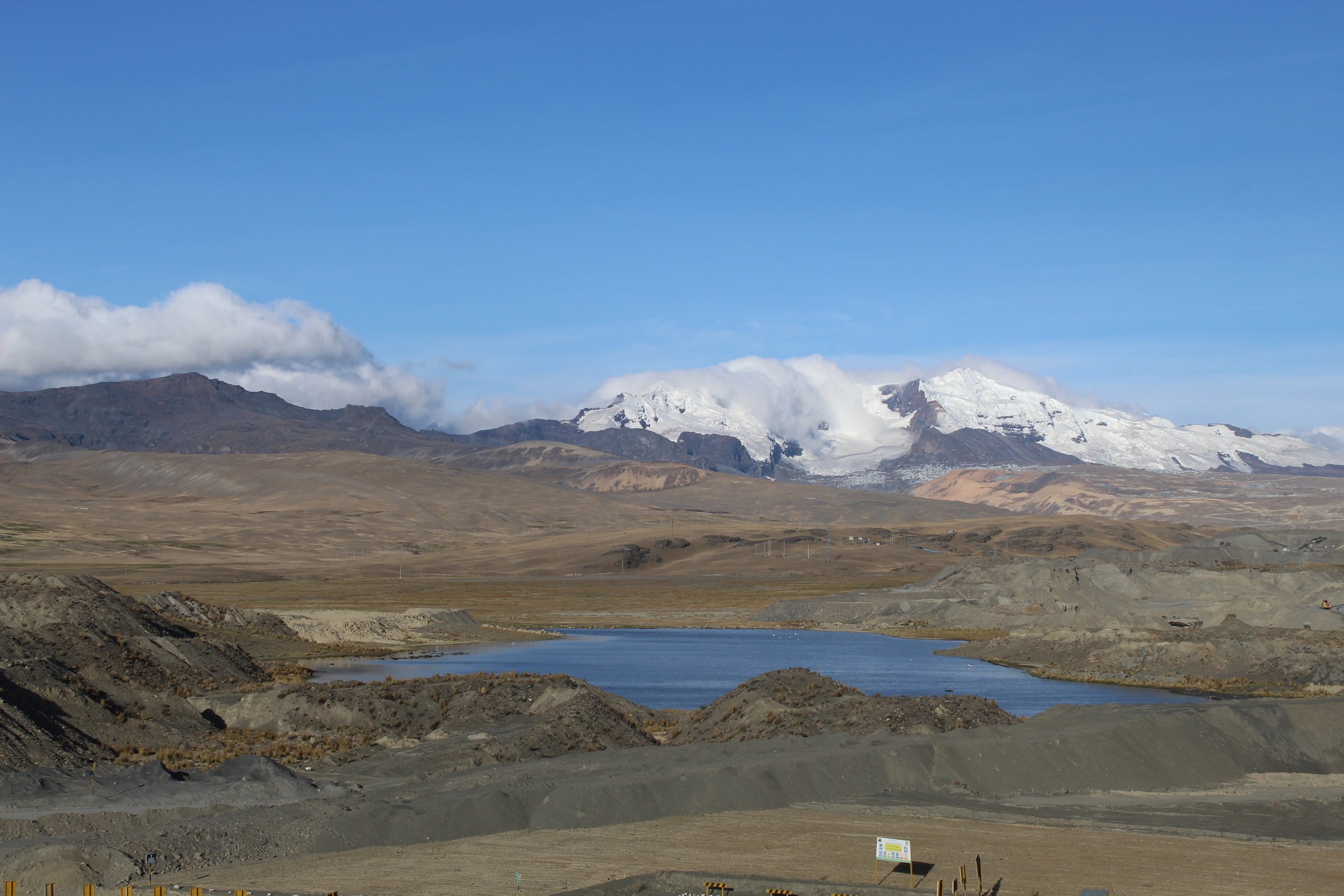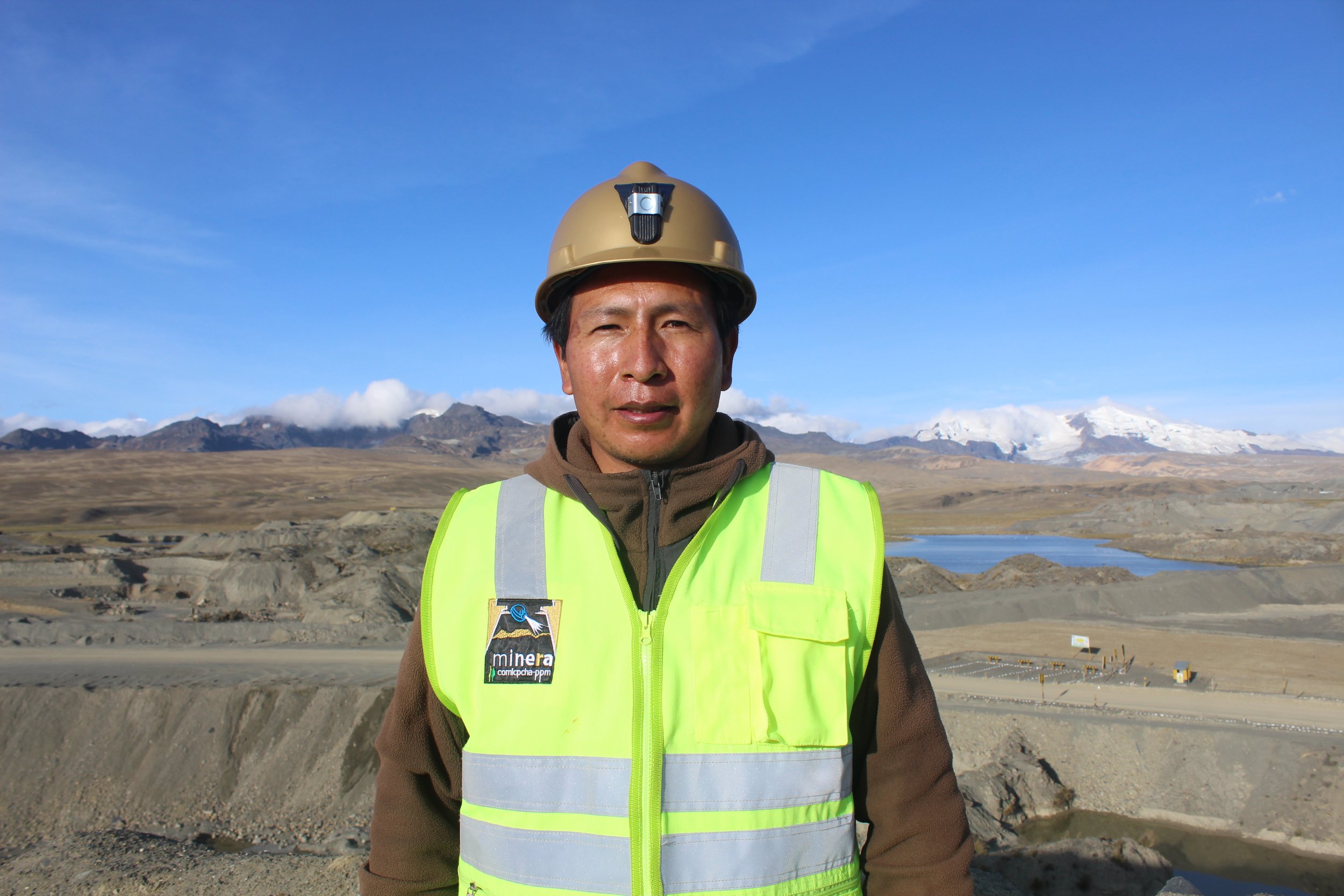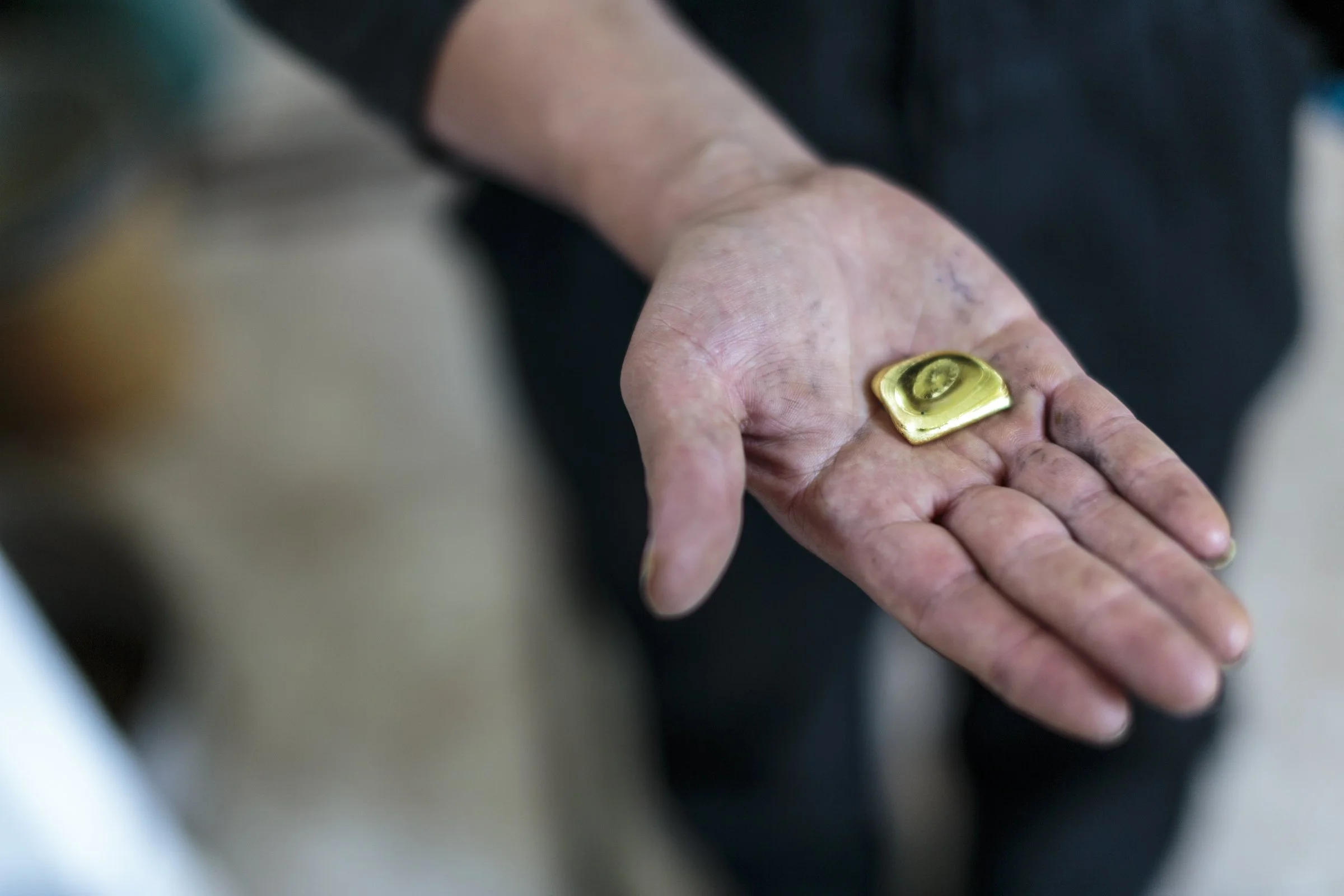Material Investigations | Fairmined Part 2: Standard and revision process
Fairmined is an initiative to be on every jeweller and silversmith’s radar. At the forefront of driving necessary industry reform, Fairmined connects certified responsible mines, with gold buyers. To find out more and present an overview of Fairmined’s commitment to a fairer, traceable supply chain, we have been in touch with Fairmined’s Market Development Executive Laura Glavis, to answer our questions.
Fairmined’s feature in this Material Investigation series has been separated into two parts: Part one is a general look at Fairmined, and Part two will focus on the Fairmined Standard and the revision process.
This post is part of our Material Investigations: Gold series that investigates options for sourcing traceable gold through Q&A style articles. The Scottish Goldsmiths Trust does not verify any of the claims made by interviewed suppliers or organisations but instead aims to introduce diverse types of traceable gold available to purchase, allowing you to make further enquiries to inform your metal sourcing. For more information read the series introduction below:
What would you consider are the key distinctions of Fairmined, in comparison to other traceable gold initiatives?
Our focus is the Artisanal and Small-Scale Mining sector, a sector with great potential to transform gold mining into a force for good: it’s responsible for 90% of the workforce behind gold extraction with over 20M of miners depending on it.
Fairmined mining organizations receive a premium of 4USD/gram of certified gold, the highest premium they can get. We work with very small ASM mining organizations where a higher premium has a significant impact in their development.
Fairmined is very flexible, providing actors with different options to work with Fairmined: maintaining 100% physical traceability (Fairmined Labelled model) or through a mass-balance approach (Fairmined incorporated model).
Providing Fairmined Ecological Gold.
ARM works on ground, hand-in-hand with mining communities: we are well positioned to identify and react to issues as they happen and to mitigate situations as best as possible, we bring together a network of local Non-Governmental Organisations (NGOs), governments, institutions and individual partners.
Peru
Can you explain Fairmined’s process of standard revisions? Why does Fairmined see these revisions as integral?
The first version of the Fairmined standard was developed in 2009 based on the Standard Zero: the world’s pioneering standard for responsibly mined gold and associated silver and platinum.
In April 2014, after a comprehensive, inclusive and almost 2-year-long revision process following ISEAL Alliance (the global membership association for sustainability standards) recommendations with open forums involving a broad range of stakeholders, including the whole supply chain, the Fairmined Standard version 1.0 and later the version 2.0 were released.
The Fairmined Standard for Gold and Associated Precious Metals was developed to support the sustainable development of Artisanal and Small-scale Mining (ASM) communities consistent with the Alliance for Responsible Mining’s (ARM) vision of a “legitimate, responsible and profitable ASM sector, which promotes inclusive and sustainable development”.
Since 2019, we started the revision process to develop the Fairmined Standard, version 3.0, to maintain the objective of creating opportunities for artisanal and small-scale gold and associated precious metals miners and their communities. At the same time, to include innovation and respond to the sustainable development challenges.
The Fairmined Standard revision is in compliance with ISEAL ́s recommendation to review Standards at least every five years for continued relevance and for effectiveness in meeting its stated objective. The ISEAL code for setting standards request to have a standard committee, public consultations and a series of activities to keep the process inclusive and participative. Then, ARM created the Fairmined Standard Committee (certified mines, supply chain actors and experts) in 2020. See the list of members: https://fairmined.org/fairmined-revision/. ARM has also carried out different activities to gather and validate the new changes and proposals.
The Fairmined Standard is already a reference for promoting, supporting and guiding ASM towards adopting best practices.
In a rapidly changing global context, the Fairmined Standard needs to be adapted to reflect miners’ evolving needs and constraints in order to be able to keep improving their practices and minerals production. It is important to consider different contexts and priorities where ASM is present while, at the same time, ensuring its alignment with high-level sustainability norms and emerging challenges of the international agenda. The new version of the Standard is expected to become a formalization management tool for Artisanal and small-scale Mining Organisations (ASMO), ensuring highly reliable and responsible sourcing for the market, highly adapted to the global variety of contexts where gold is extracted and processed. It is intended to further consolidate the end consumer’s trust in the Standard as well as in the Fairmined gold supply chain.
The Fairmined Standard version 3.0 may also include adjustments that facilitate a faster incorporation of best practices in the sector and render the standard easier to apply and use.
What objectives from this upcoming standard revision do you foresee having the greatest positive impact on global gold mining standards?
ARM is committed to continuing supporting the ASM sector and helping to establish fair conditions and responsibly mined gold into supply chains through the Fairmined Standard. The global market has a growing need for responsible ASM gold supply chains and mining organizations require a continuous accompaniment for improving their operations, reducing their environmental impact and social challenges, and transforming their activities into a driver for sustainable employment and development in their communities.
Companies need to show their contribution to Environmental and Social Governance (ESG) and to engage strongly with their suppliers. Then, the Fairmined Standard is a mechanism to facilitate this need from the industry and positively transform a marginalized sector.
Image by Manuela Franco
What initiatives and/or alliances do Fairmined work alongside/collaborate with, to ensure key issues are addressed when formulating and auditing Fairmined standards?
Fairmined Standard and Assurance schemes were developed following good practice of Standard setting and assurance (ISEAL Community member). The Standard was created under a multi stakeholder standard committee and Board of directors (miners, supply chain and experts). Additionally, Fairmined Standard development included a wide, inclusive and transparent public consultations with the participation of 130 actors from Latin America, Africa, the United States and Asia.
Fairmined follows the international references such as the Organisation for Economic Co-operation and Development (OECD) Due Diligence Guidance, Conventions of the International Labor Organization (ILO), Minamata Convention, United Nations Human rights Declaration, The guiding principles on Business and Human Rights, The International Organization for Standardization (ISO), etc.
Fairmined collaborates with key industry associations and other relevant organizations in the mining sector such as OECD, LBMA (The London Bullion Market Association), RMI (Responsible Minerals Initiative), RJC (Responsible Jewellery Council), IRMA (International Risk Management Institute).

